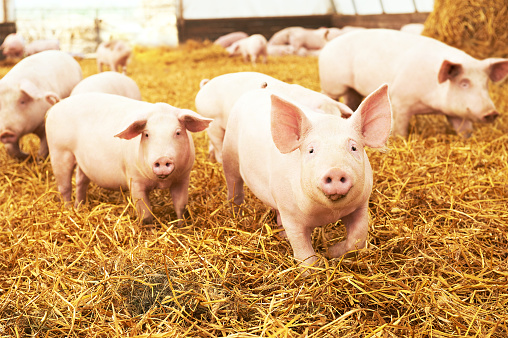
Starting a piggery project requires careful planning and preparation. Here are some steps to follow:
1. Conduct a feasibility study: Before starting a piggery project, it’s important to conduct a feasibility study to determine whether it’s a viable business opportunity. Consider factors such as market demand, competition, and availability of resources such as land, water, and feed.
2. Develop a business plan: Once you’ve determined that a piggery project is feasible, develop a detailed business plan that outlines your goals, strategies, and financial projections. Your plan should include information on the size and scope of your operation, the type of pigs you plan to raise, your marketing strategy, and your budget.
3. Secure funding: Depending on the size of your project, you may need to secure funding from investors, banks, or other sources. Consider your financing options carefully and be prepared to present a clear and compelling business plan to potential investors.
4. Choose a location: Choose a location for your piggery that is easily accessible, has good drainage and ventilation, and is free from pollutants and other hazards. Consider the availability of utilities such as water and electricity, as well as the proximity to markets and suppliers.
5. Build your facilities: Construct your piggery facilities according to industry standards and regulations. Your facilities should include separate areas for feeding, breeding, and farrowing, as well as adequate space for the pigs to move around and exercise.
6. Purchase your pigs: Purchase high-quality breeding stock from reputable suppliers. Consider the breed, age, and health status of the pigs, and make sure they have been vaccinated and dewormed.
7. Develop a feeding program: Develop a feeding program based on the age, weight, and nutritional needs of your pigs. Consult with a veterinarian or animal nutritionist to ensure that your pigs are receiving a balanced and healthy diet.
8. Implement a health program: Implement a health program that includes regular vaccinations, deworming, and disease prevention measures. Monitor your pigs for signs of illness or disease and take prompt action if necessary.
9. Market your products: Develop a marketing strategy to sell your pigs and pig products. Consider selling to local markets, restaurants, and supermarkets, or consider exporting your products if there is demand.
10. Monitor and evaluate your business: Regularly monitor and evaluate your piggery project to ensure that it is meeting your goals and objectives. Keep accurate records of your expenses, revenues, and production, and use this information to make informed decisions about the future of your business.
Starting a piggery project can be a rewarding and profitable venture, but it requires careful planning and management. By following these steps, you can increase your chances of success and build a sustainable and profitable piggery business.



















